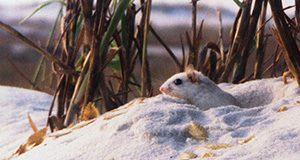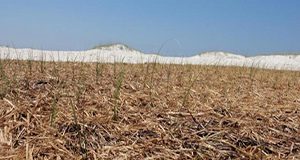
Published by the UF/IFAS Florida Sea Grant College Program, this manual provides an overview of the coastal ecosystems along the Florida Panhandle and shows how dunes can be restored and enhanced in this region of the Northern Gulf of Mexico.
In addition to direct experience acquired over many years of field work and experimentation, authors Chris Verlinde, Mack Thetford, and Debbie Miller consulted peer-reviewed academic journals, government documents, and various online resources to create the manual. Undergraduate and graduate students from the University of Florida and local professionals worked together with the UF/IFAS researchers to develop and test practical restoration techniques for Florida’s dunes.
http://edis.ifas.ufl.edu/sg156
